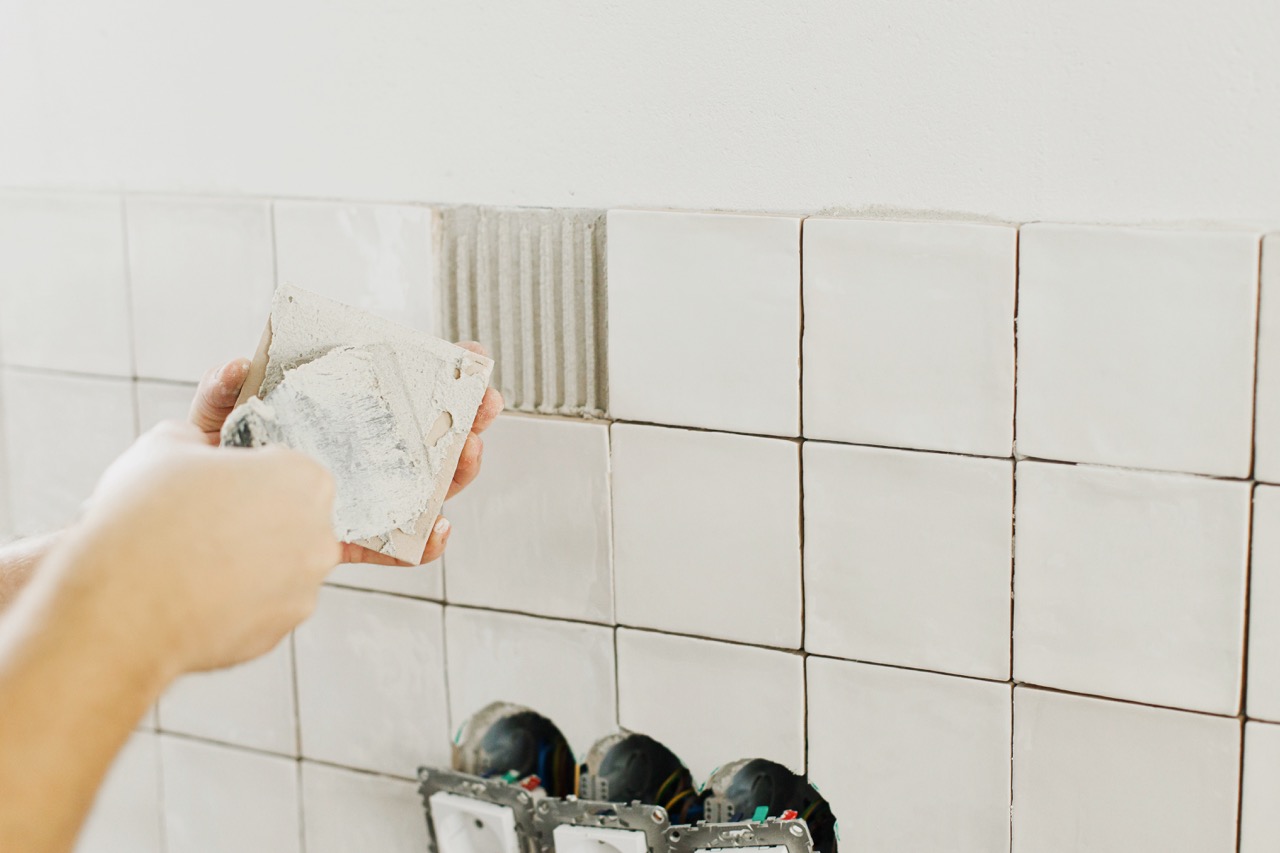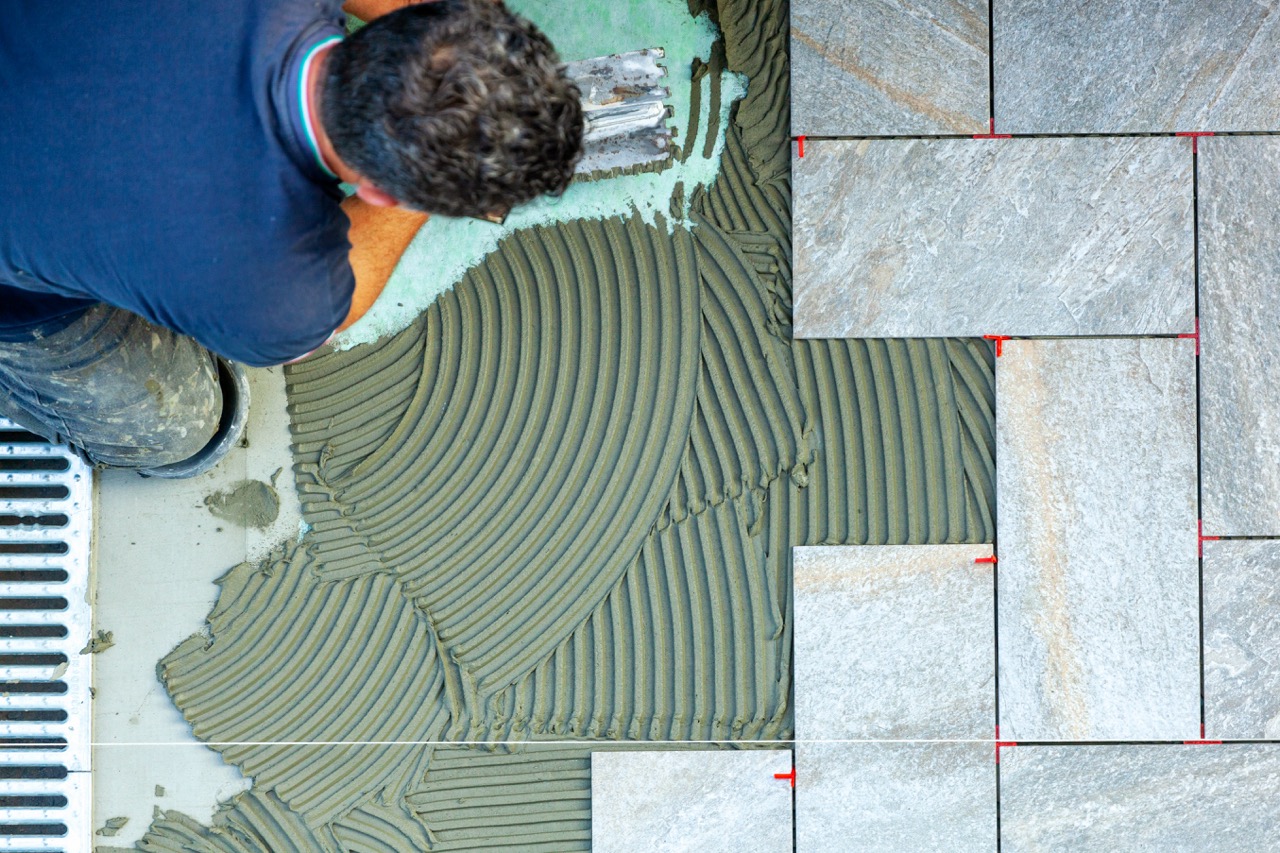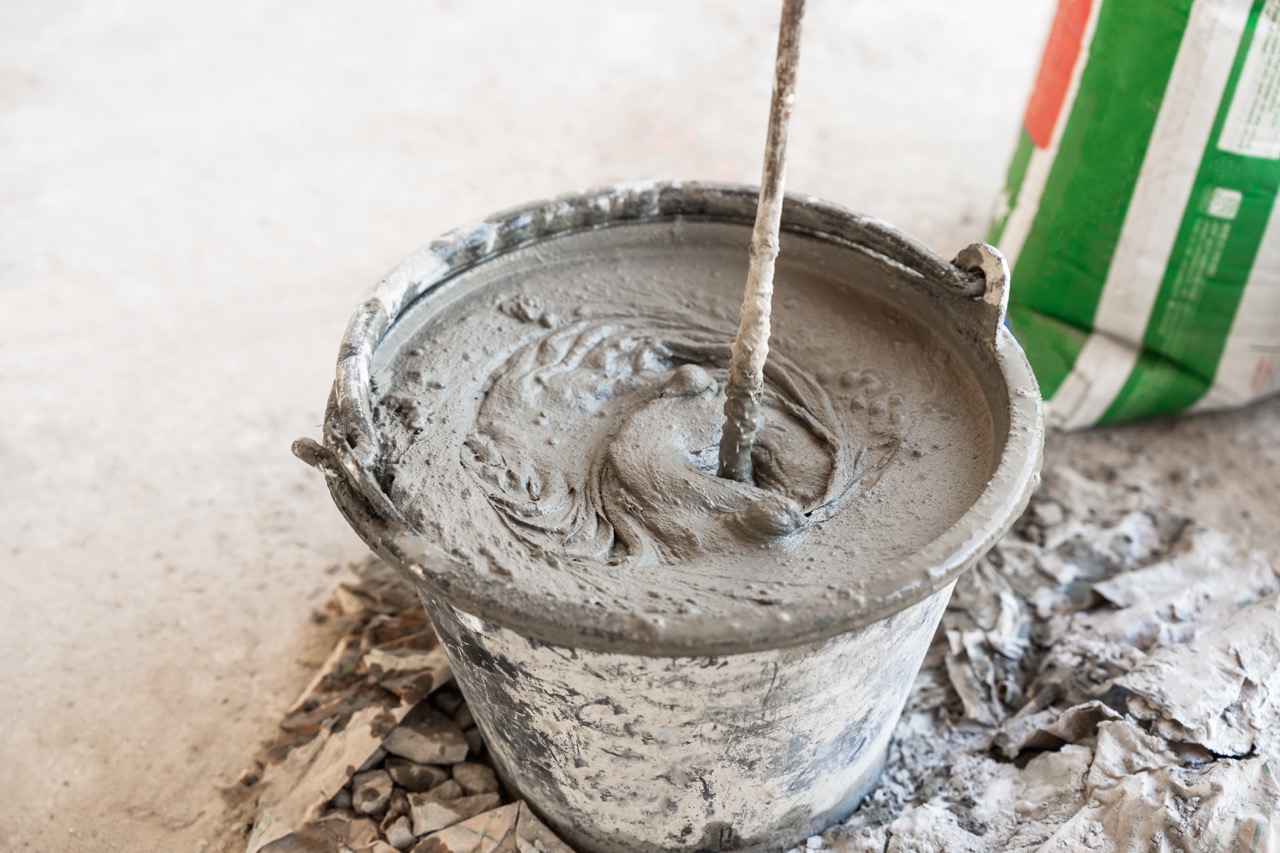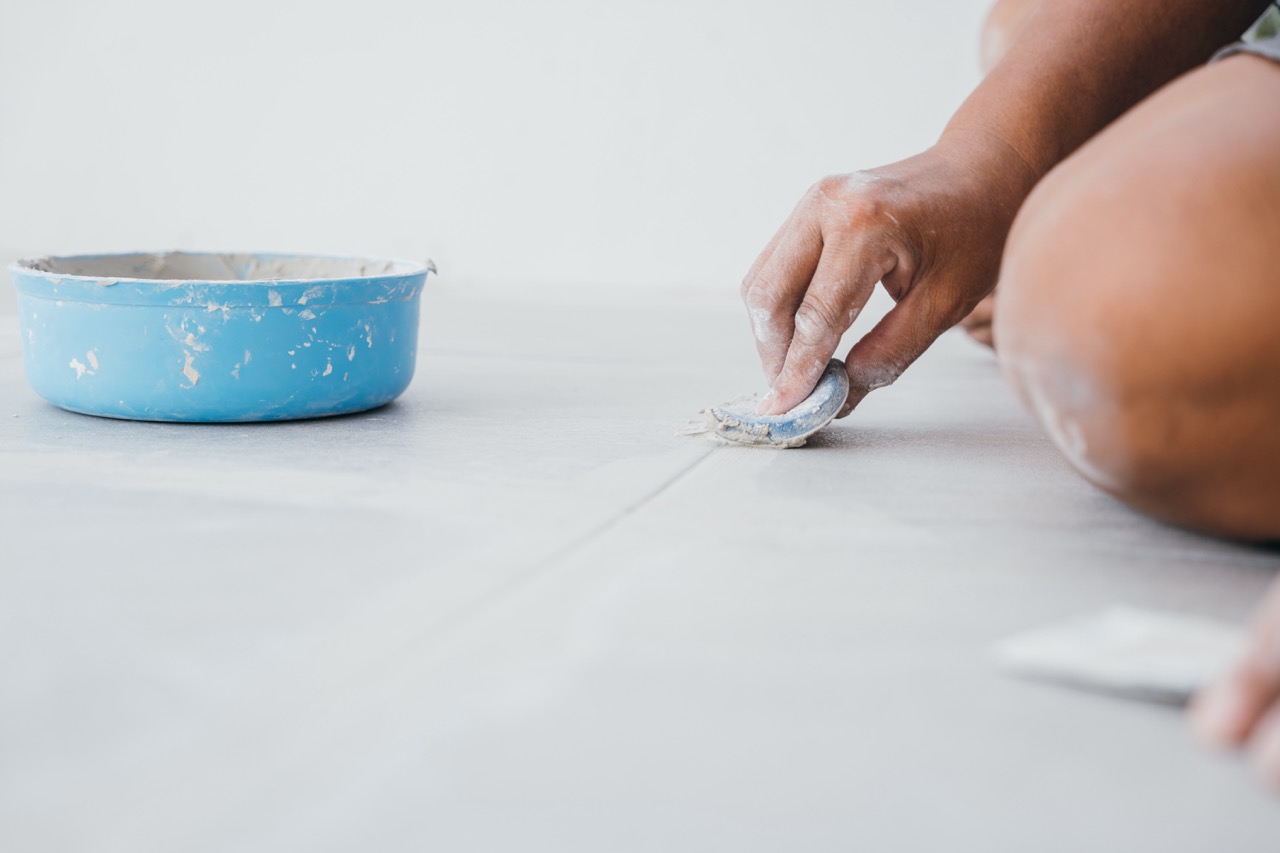Refreshing tired or stained grout can make a dramatic difference in the look of your kitchen, bathroom, or tiled floors. But when it comes to choosing between grout pens and grout paint, many DIYers feel unsure which route is best. Both products are designed to bring new life to grout lines without the mess and cost of replacing tiles, yet they differ in application, durability, and results. The good news? With a little know-how, you can confidently decide which option suits your project and budget.
What Makes Grout Pens Different From Grout Paint
Grout pens are essentially marker-style applicators filled with grout-colored ink. They’re designed to sit on top of existing grout, covering discoloration and giving your tiles a cleaner, fresher look. Think of them as a quick cosmetic touch-up that requires minimal prep and little skill to use. They don’t penetrate grout deeply, but they do create an even, renewed appearance in a matter of minutes.
Grout paint, on the other hand, is a specialized coating applied over grout using a small brush or applicator. Unlike pens, grout paint is formulated to soak slightly into the porous surface, bonding more permanently with the grout. This makes it suitable for long-term color changes or when you’re tackling a full-room refresh rather than spot touch-ups. The result is more durable than a pen, though it requires more time and effort to apply.
In short, grout pens are best viewed as a convenient surface-level solution, while grout paint offers a more thorough and lasting makeover. Choosing between the two often comes down to whether you need a fast refresh or a deeper, more permanent transformation for your grout lines.
Pros and Cons of Using Grout Pens for DIY Tiles
The biggest advantage of grout pens is their simplicity. You don’t need brushes, tape, or extensive prep work—just shake the pen, press down the tip, and start recoloring your grout lines. This makes pens incredibly beginner-friendly and perfect for small areas like a backsplash, shower, or single tiled floor. They also tend to be budget-friendly, so you can revitalize grout without investing in larger supplies or professional services.
However, grout pens are more of a surface-level fix, which means they may wear down faster in high-traffic areas such as floors. The ink can fade or rub away over time, especially where scrubbing or heavy cleaning is frequent. For some projects, you may need to reapply after several months to maintain that freshly grouted look.
Another limitation is that grout pens work best when the existing grout is structurally sound and only in need of a color refresh. If the grout is cracked, missing, or deeply stained with mold or mildew, a pen can help mask discoloration but won’t solve the underlying issue. In those cases, either grout paint or regrouting may be a smarter investment.
When Grout Paint Might Be a Better Option to Use
Grout paint can be the better choice when you want longer-lasting results. Since it penetrates into the grout and bonds to the surface, the finish tends to withstand frequent cleaning and foot traffic more effectively than pens. This makes it a go-to solution for large tiled areas like bathroom floors, entryways, and kitchen tiles where durability is non-negotiable.
Another strength of grout paint lies in its transformative power. If you’re tired of your grout color entirely—for instance, switching from dingy beige to crisp white or even a bold charcoal—grout paint provides a complete color change that’s more consistent than a pen. The paint gives tired grout a like-new appearance that can dramatically change the overall look of your space.
The trade-off is that grout paint does take more time and patience to apply. You’ll need to carefully brush it into each line, often applying two coats, and wipe away excess on the tiles as you go. For homeowners who don’t mind investing more effort for a longer-lasting finish, grout paint often proves to be the better option.
Practical Tips for Choosing Between Pens and Paint
When deciding between grout pens and grout paint, start by considering the scale of your project. For small, quick fixes—like freshening up the shower grout or touching up a tiled backsplash—a grout pen will usually deliver the results you want without much hassle. If, however, you’re covering a full bathroom floor or kitchen where durability is critical, grout paint is worth the extra effort.
It’s also smart to evaluate the current condition of your grout. If the lines are mostly intact and just discolored, a pen is an easy, budget-friendly choice. But if you’re dealing with years of buildup, uneven coloring, or stubborn stains, paint will provide a thicker, more uniform finish. Remember to clean thoroughly before applying either product—neither will properly adhere to dirty grout.
Finally, think about long-term maintenance. A grout pen may need reapplication every so often, but it only takes minutes to refresh. Grout paint, while lasting longer, demands more prep and effort upfront. Weighing your priorities—speed, budget, durability, and finish—will help you pick the method that best matches your DIY project and expectations.
Both grout pens and grout paint have their place in the DIY home improvement toolbox. Grout pens shine when you need a quick, inexpensive refresh, while grout paint excels in projects where durability and transformation are the goal. The key is understanding your project needs before you dive in. With the right product in hand, you can transform faded, tired grout into crisp, clean lines that make your tiles—and your whole space—look brand new again.








